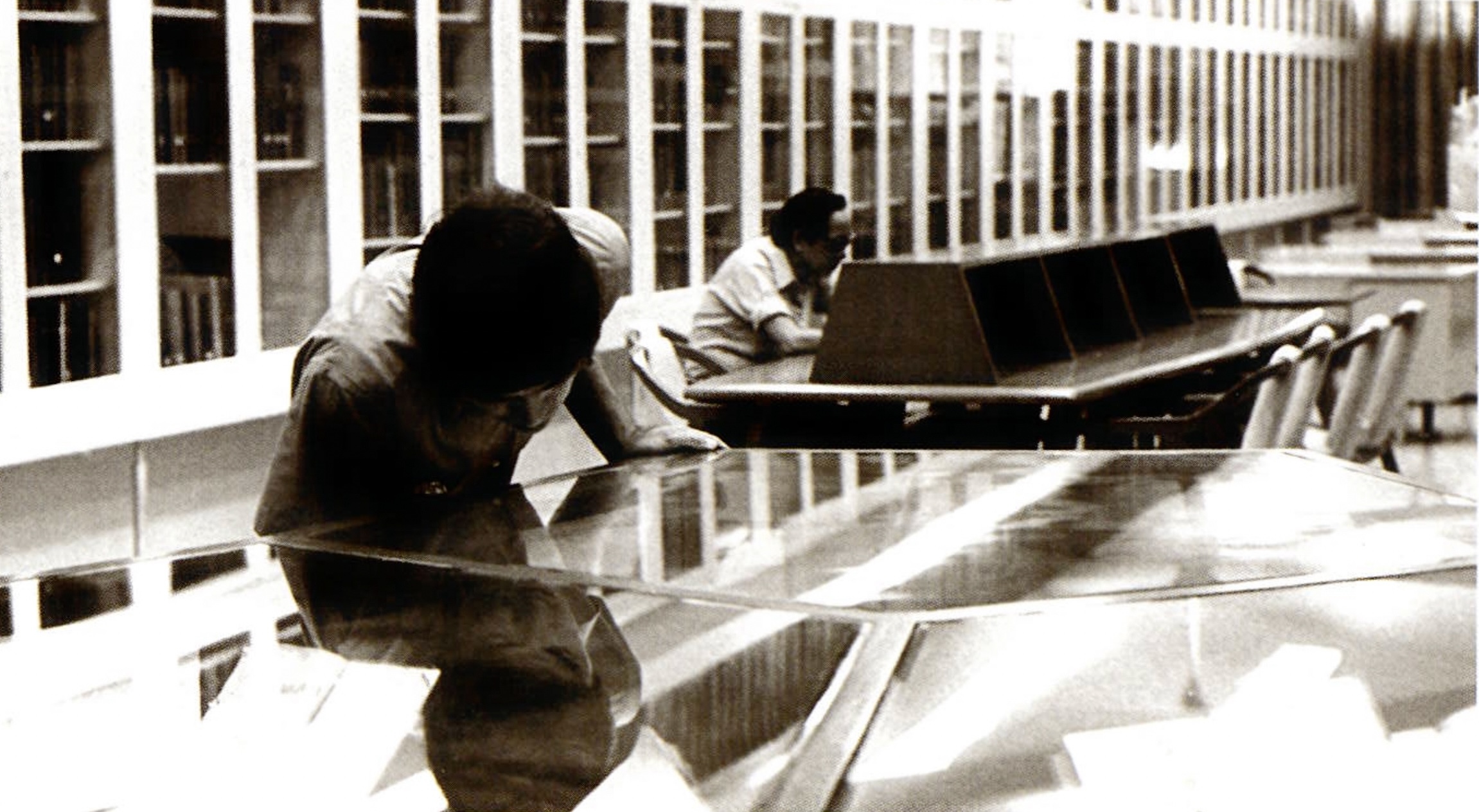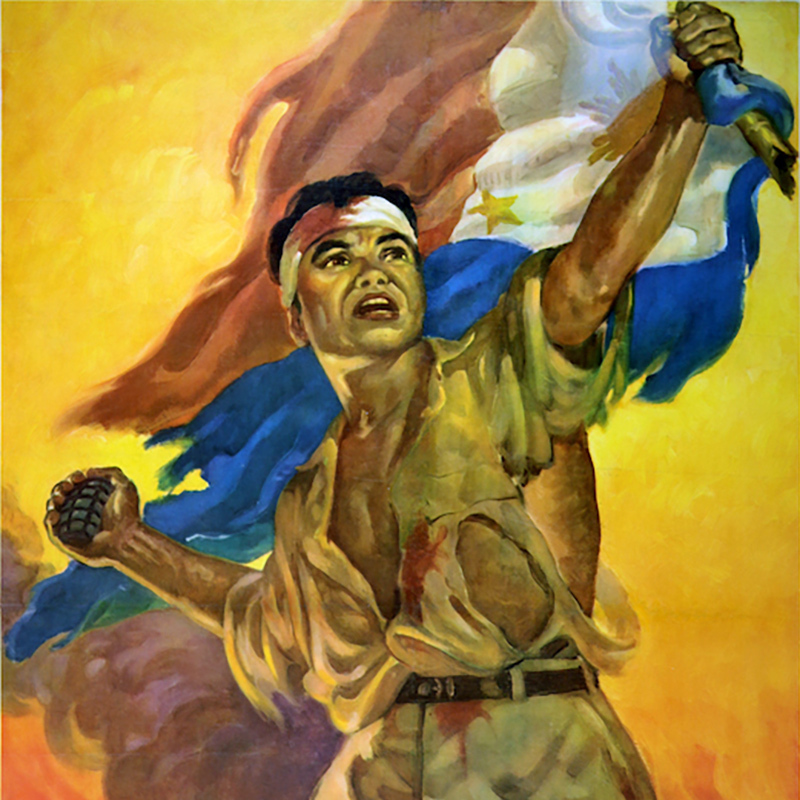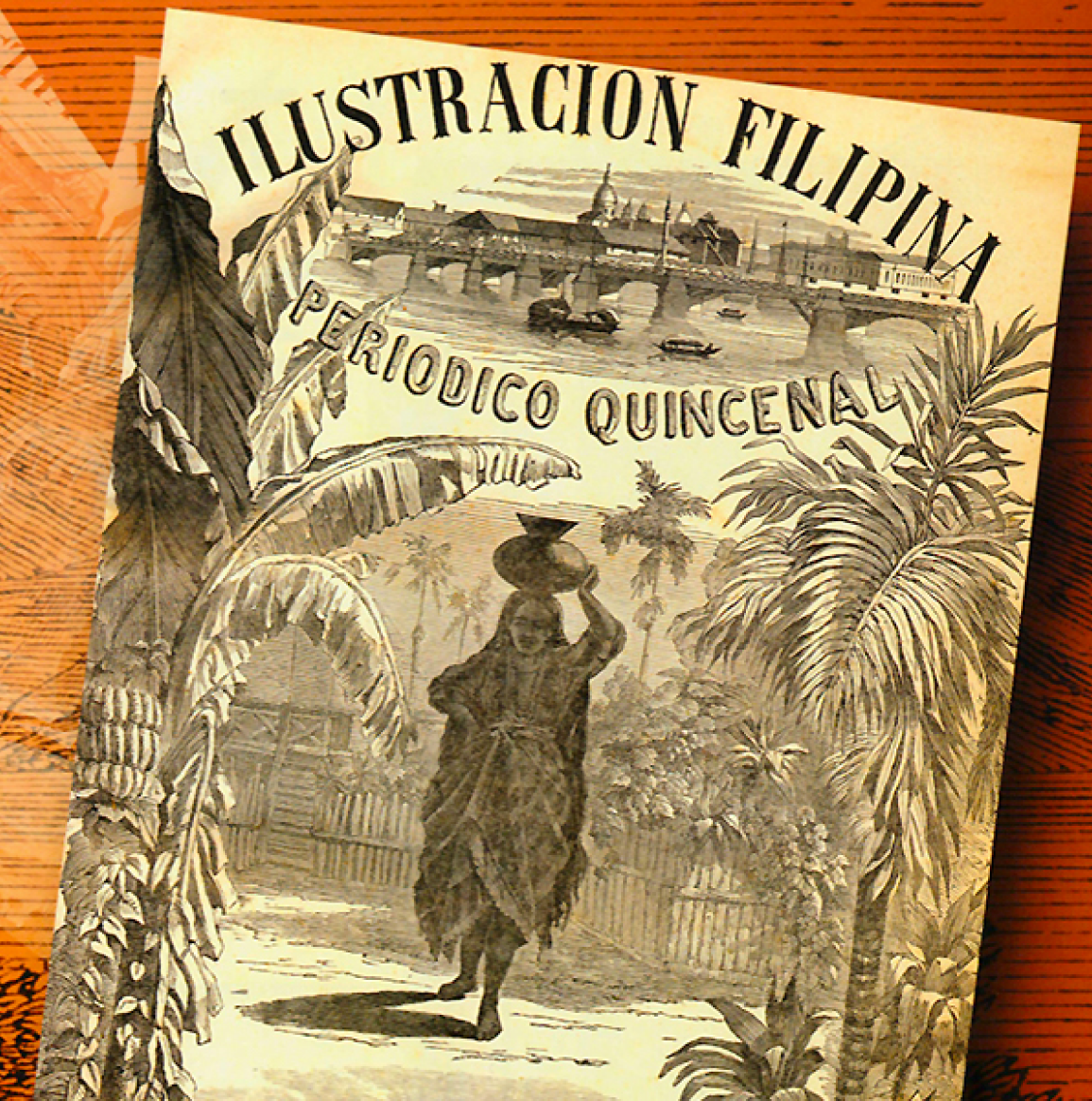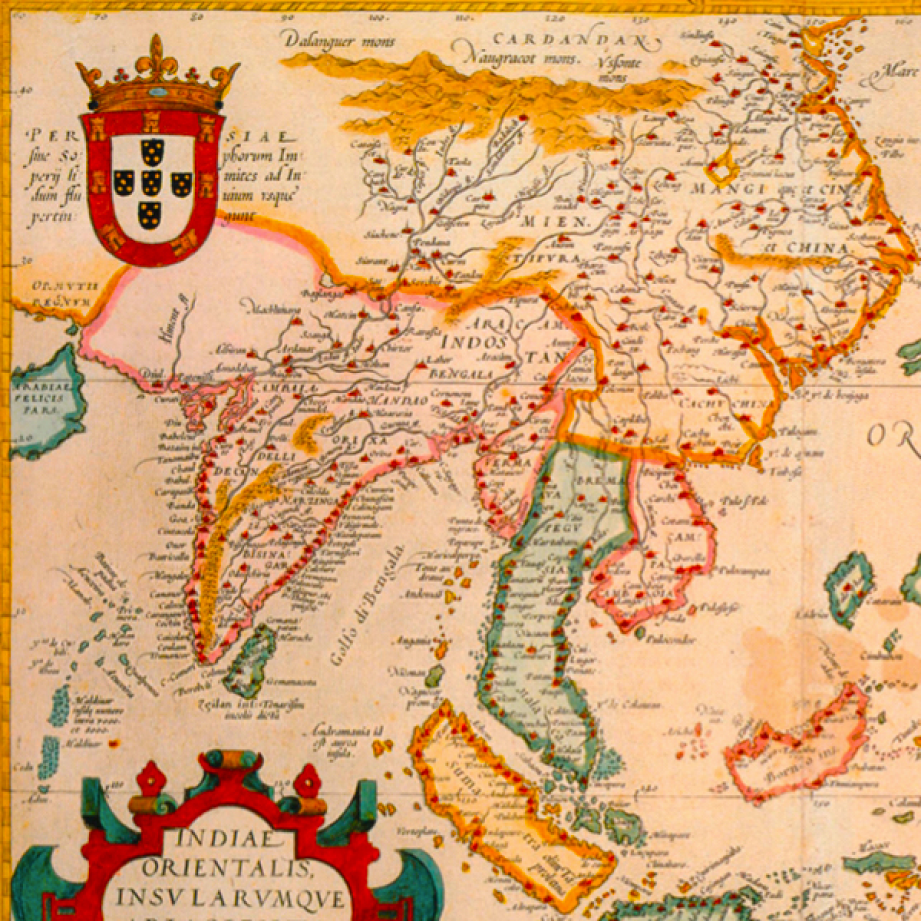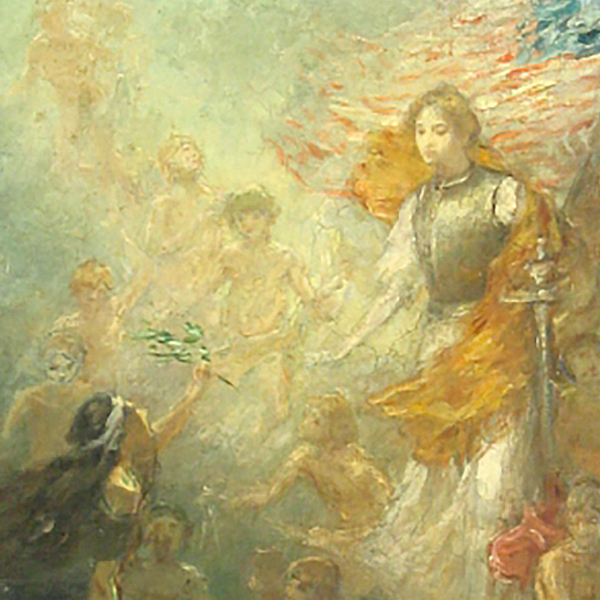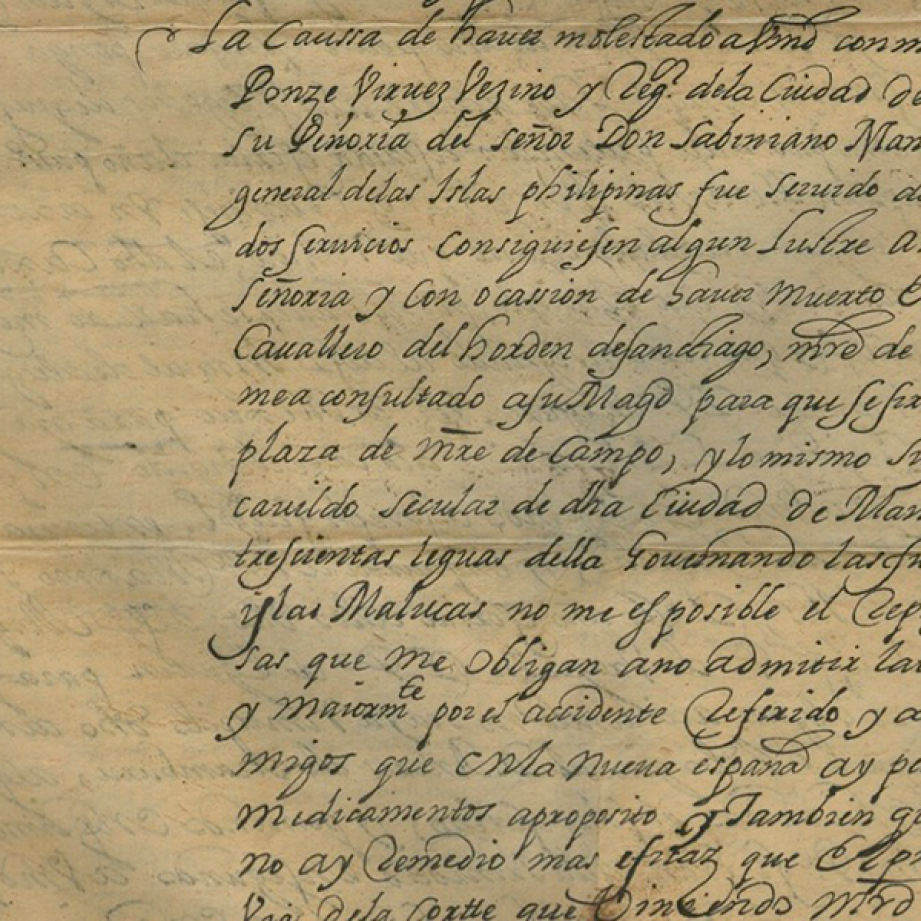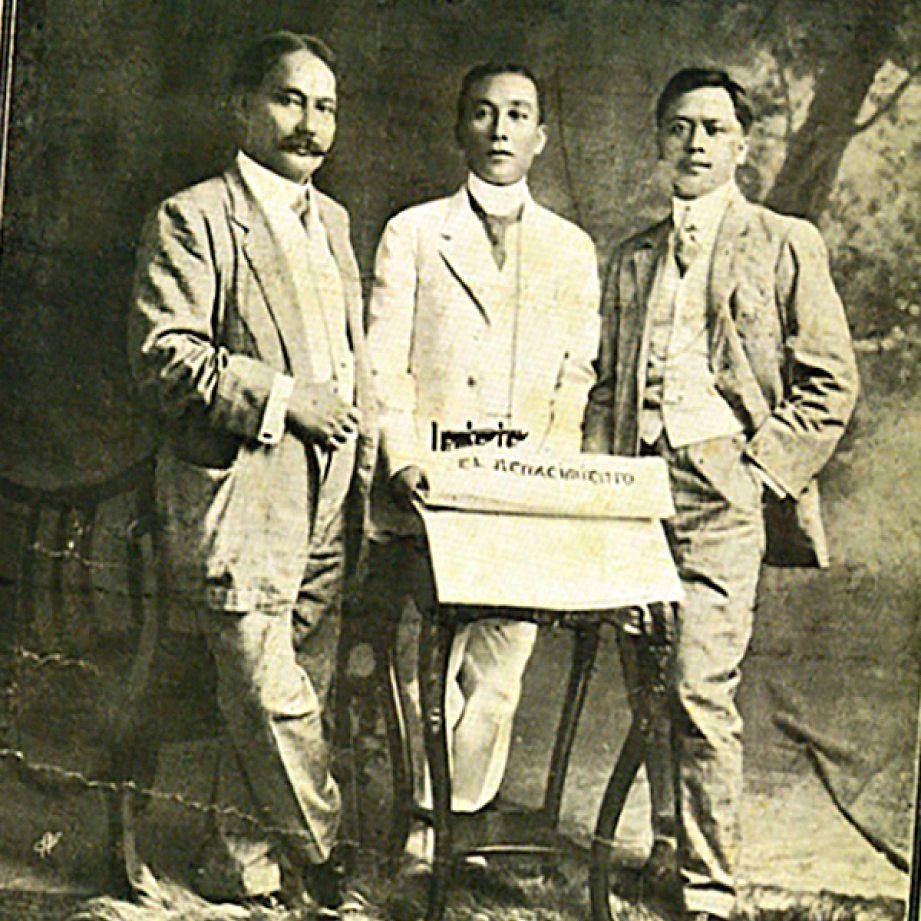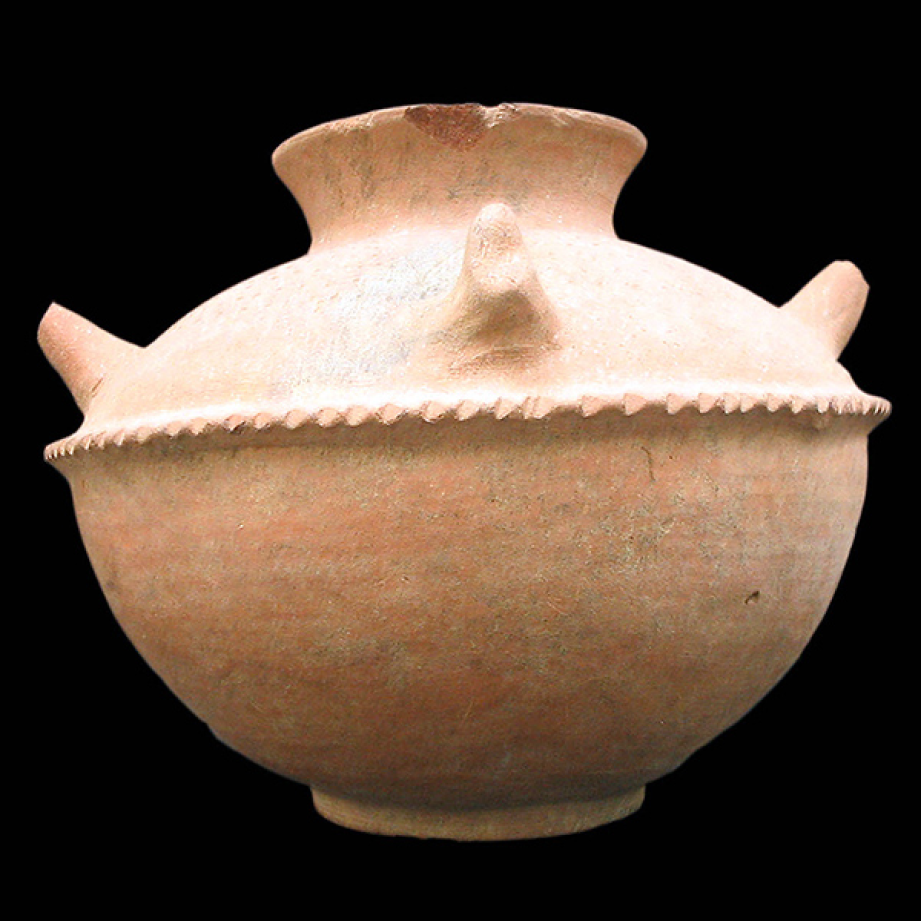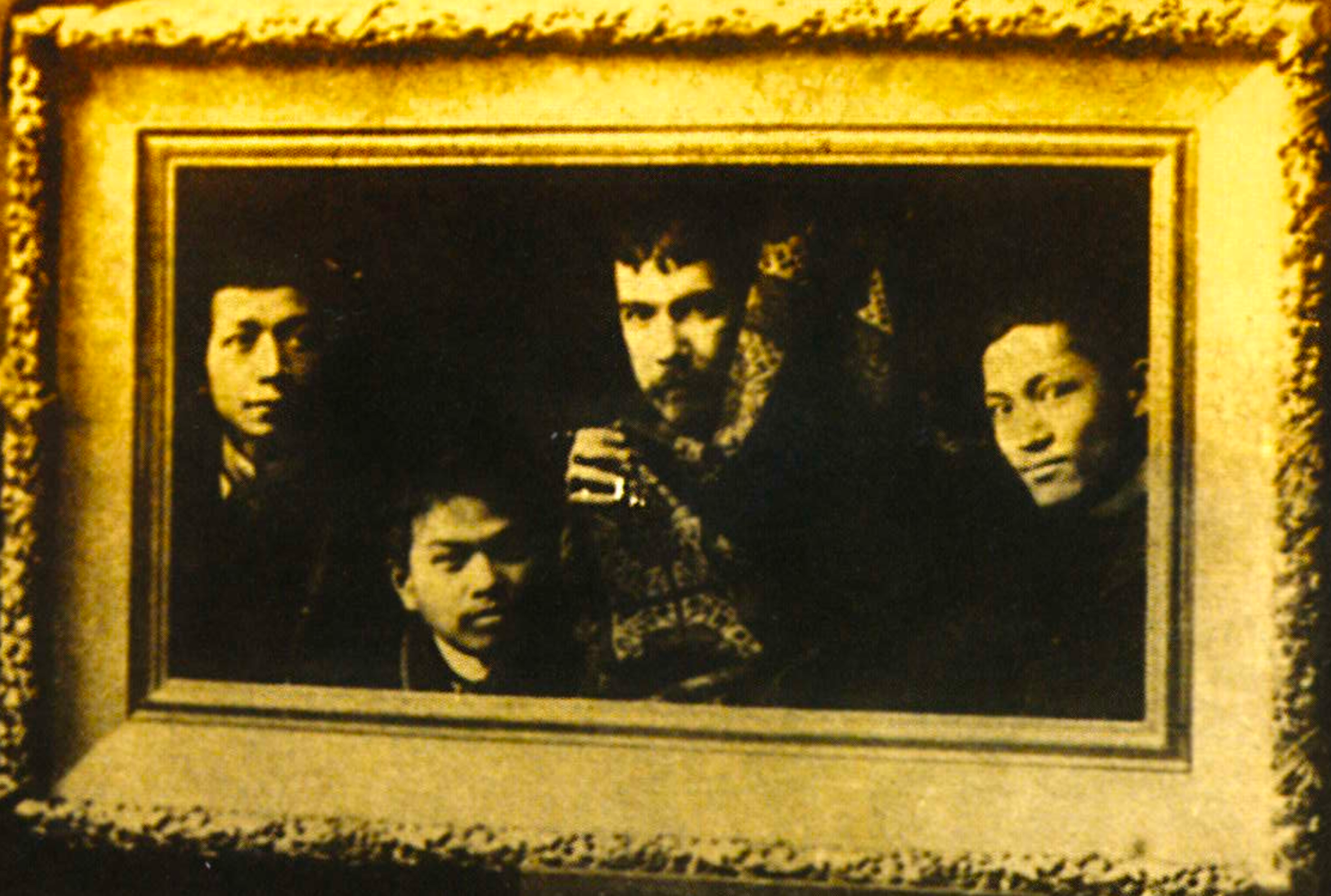
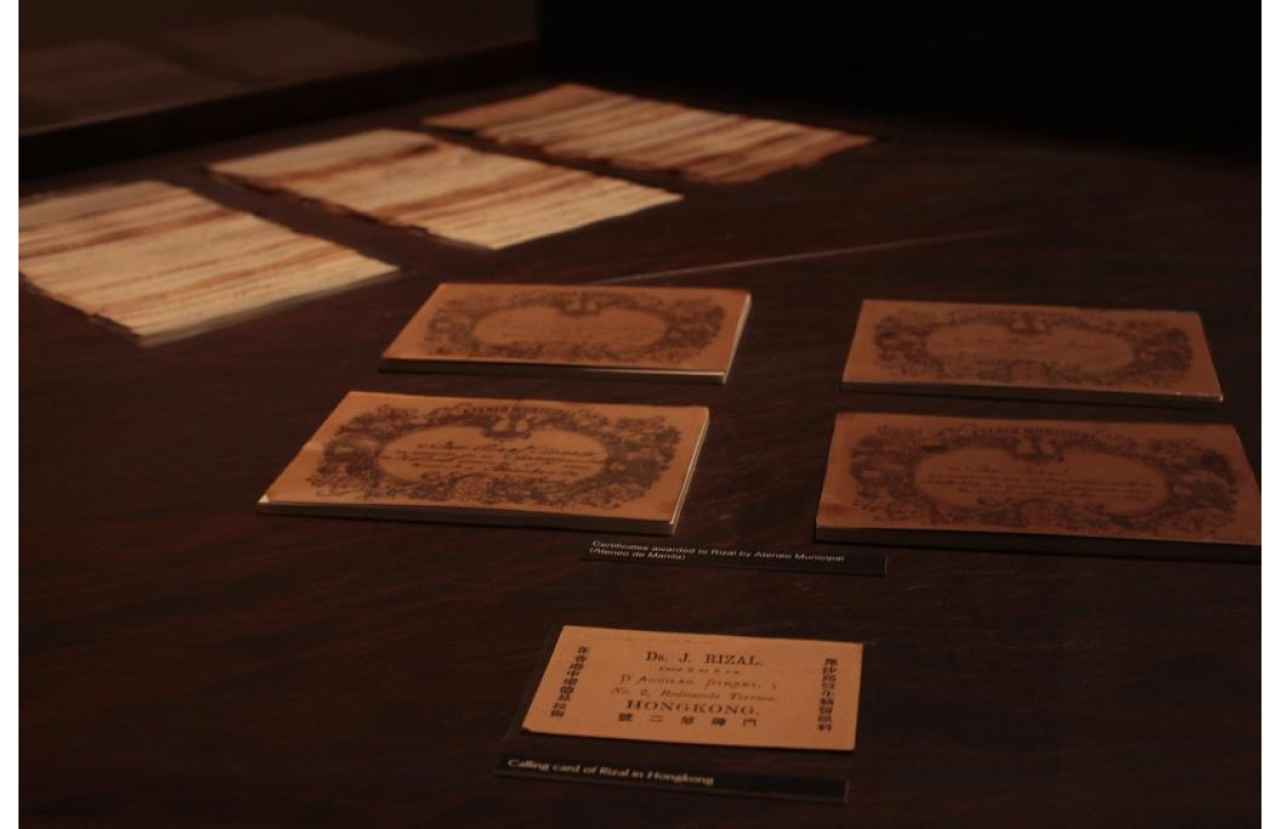
Rizaliana
Constituting a major attraction to Rizal specialists and students are his knick-knacks, memorabilia, and original letters to his large family. His parents were Francisco Mercado Rizal and Teodora Alonso y Quintos; he had nine sisters and an older brother, and their relationship was close. His slow and circuitously written letters — ninety-three of which are part of the LML collections — fortunately came into the possession of Eugenio H. López, Sr. through Alfonso T. Ongpin. Written between 1876 and 1896, the letters came to light when they were offered to the National Library of the Philippines in 1953 for half a million pesos — a fabulous sum at that time! It took the Philippine National Historical Society a long time to translate and publish them, the translation itself bearing ample evidence of careful scholarship and fidelity.
The letters reveal Rizal’s multi-faceted traits, personal habits, and deep sense of filial piety. They also reveal his intimate thoughts and passion to acquire Western science and learning that he hoped to share with his people. A dominant theme sur faces: the determination to devote his life for the welfare and dignity of the indios.
In a moment of reflection, Rizal could not resist pondering the role that his parents had in the formation of his probing intellect and unique personality. The family belonged, by heritage, to the principalia (ruling) class. This socioeconomic background had an impact on Rizal’s mind and character.
Rizal did not hesitate to dispense advice to his sisters and to the women of Malolos. He made a valiant attempt to write in English to the former, perhaps in anticipation of the advent of the North American power. In later years, he favored the study of English. He also showed partiality to his younger sisters and proffered them sage advice, telling Trinidad “
“…that it would not be bad, if besides these, we do good, tell the truth, avoid all kinds of abuses whatever they are, this I believe….” To Soledad he wrote, “When you commit a fault, do not think of an excuse for it, but of correcting it and not repeating it.”
The second-half of the twentieth century saw a significant increase in the serious study of Rizal. The painstaking work that deserves high praise is Rafael Palma’s Biografia de Rizal, Manila, 1949, a moving historical portrait of the national hero. Broadly conceived and elegant in style and craftsmanship is Leon Ma. Guerrero’s The First Filipino, Manila, 1963. The daunting task of work on Rizal’s life and career was successfully met by Austin Coates in Rizal, Philippine Nationalist and Martyr, Hongkong, 1968. Ricardo Pascual’s Rizal, Beyond the Grave, Manila, 1950, vehemently refutes Rizal’s retraction and Asuncion Lopez Bantug’s Lolo Jose: an intimate portrait of Rizal, Manila, 1982, extols inestimable appreciation of her grandfather.
No Filipino belonging to the last quarter of the nineteenth century had studied Philippine history and culture with more meticulous care and genuine devotion than Rizal himself. What is remarkable is that he turned his cascading energies into scholarship. Aside from his two immortal novels, Noli Me Tangere and El Filibusterismo, he undertook to annotate the 1609 Sucesos de las Islas Filipinas by Antonio de Morga, which kept him many months doing full-time work at the British Museum. In the LML is a copy of the 1890 edition of the Sucesos that Rizal gave to his bosom friend, Trinidad H. Pardo de Tavera. In the prologue, Ferdinand Blumentritt wrote, “With the reprinting, you have erected a monumentum aere perinius [a perennial monument] to the name of Rizal.” In the historical essay, “Dentro de Cien Años and Sobre La Indolencia de los Filipinos,” Rizal observed that as a colony of Spain,
He went on to write,
They [Filipinos] declined, degrading themselves in their own eyes. They became ashamed of what was their own and they began to admire and praise whatever foreign and incomprehensible; their spirit was damaged and it surrendered.
In another passage, he wrote,
The country is poor, it is going through a great financial crisis, and everybody points with fingers to persons who cause the evil and yet no one dares to lay their hands on them.
These words are worth pondering today. Dr. José Rizal, chief apostle of liberty, freedom, and independence, has remained the greatest illustrious son of modern Philippines.
Book Your Visit
The Lopez Museum and Library is the oldest privately owned and managed museum and library specializing in Philippine material.
Learn More